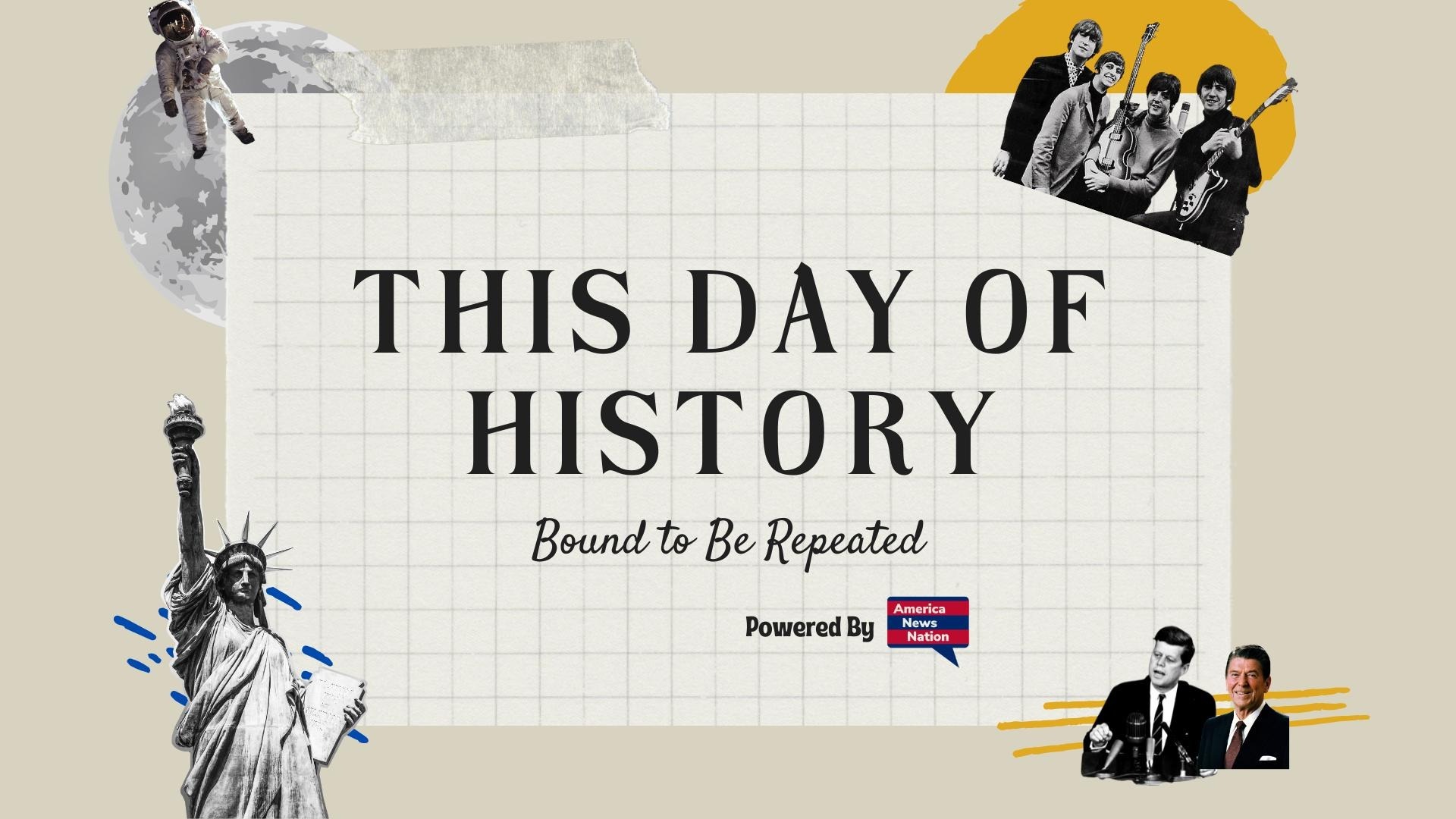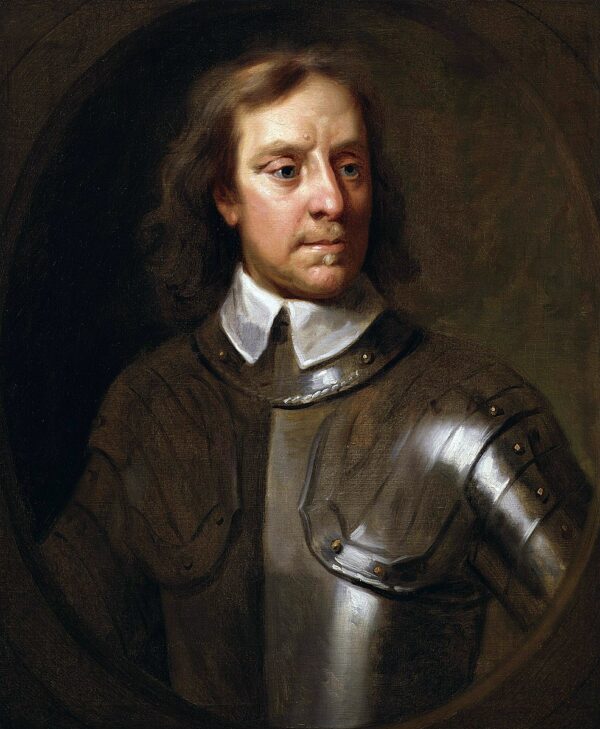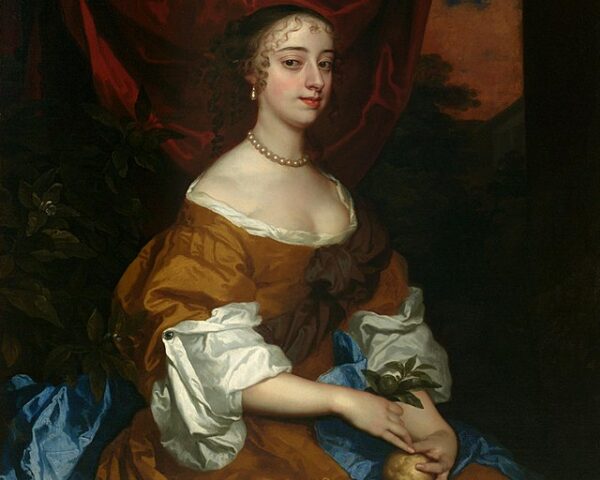In 1657, the Second Protectorate Parliament—part of what had once been the Long Parliament—made Oliver Cromwell a surprising and controversial offer: the crown of England. This proposal, known as the Humble Petition and Advice, was formally presented to Cromwell on March 31. It represented a pivotal moment in the turbulent development of the English Republic, which had taken shape after the execution of King Charles I in 1649 and the abolition of the monarchy.
The Humble Petition and Advice was a constitutional plan put forward by moderate members of Parliament. Their goal was to bring stability to a government still reeling from years of civil war and political experimentation. Although the earlier Instrument of Government (1653) had installed Cromwell as Lord Protector under England’s first written constitution, this new proposal aimed to restore elements of traditional monarchy—this time with Cromwell as king. The intention was to create a hybrid political system that preserved republican reforms while reintroducing familiar forms of royal governance.
For many members of Parliament, this offer was not symbolic. Despite the fall of Charles I and the rise of the Commonwealth, many in England—including segments of both the gentry and the general population—still saw monarchy as the foundation of legitimate and stable government. Cromwell, already wielding near-absolute power, living in royal residences, and holding court, looked to many like a king in all but name. His supporters argued that accepting the crown would provide legal clarity, help plan for succession, and restore a balance between the executive and legislative branches of government.
The Humble Petition and Advice called not only for Cromwell to become king, but also for broader constitutional reforms. These included creating a second chamber in Parliament (reviving the House of Lords), allowing for hereditary succession, and expanding religious tolerance—though with continued limits on Catholics and radical sects. Cromwell would still control the army and hold veto power over legislation, but his authority would now be restrained by Parliament, echoing the structure of constitutional monarchy before the wars.
Cromwell, however, did not accept the offer immediately. Over the next several weeks, he consulted with advisers, political allies, and religious leaders. His hesitation reflected both political caution and deep personal beliefs. Accepting the crown could alienate the army, particularly the devout Puritan officers and soldiers who had fought against monarchy in the name of religious reform. Many of these men viewed kingship as corrupt, ungodly, and too closely tied to the Catholic tyranny they had opposed. For them, Cromwell’s acceptance of the crown would be a betrayal of the revolutionary cause.
Cromwell himself shared many of these convictions. Though he had risen from relative obscurity to become the most powerful figure in the country, he considered himself a servant of divine will rather than a seeker of personal glory. The title “king” carried associations with worldly ambition and religious compromise that conflicted with his Puritan ideals. Politically, he also feared the consequences: taking the crown could shatter the already fragile alliance between the military and civilian government and potentially spark unrest or revolt.
On May 8, 1657, after weeks of deliberation, Cromwell formally declined the crown, citing God’s providence and the interests of the nation. However, he did accept a revised version of the Humble Petition and Advice, which kept him in power as Lord Protector under a new constitutional framework. This version included many of the proposed reforms but avoided re-establishing the monarchy in name.
Cromwell’s refusal of the crown remains one of the most significant and puzzling episodes in British constitutional history. It highlighted the ongoing tension between revolutionary ideals and traditional political forms, between personal ambition and ideological principle. Although his decision delayed the return of monarchy, it did not prevent it. Within three years of Cromwell’s death in 1658, the monarchy was restored under Charles II in 1660, bringing an end to the republican experiment Cromwell had led.






